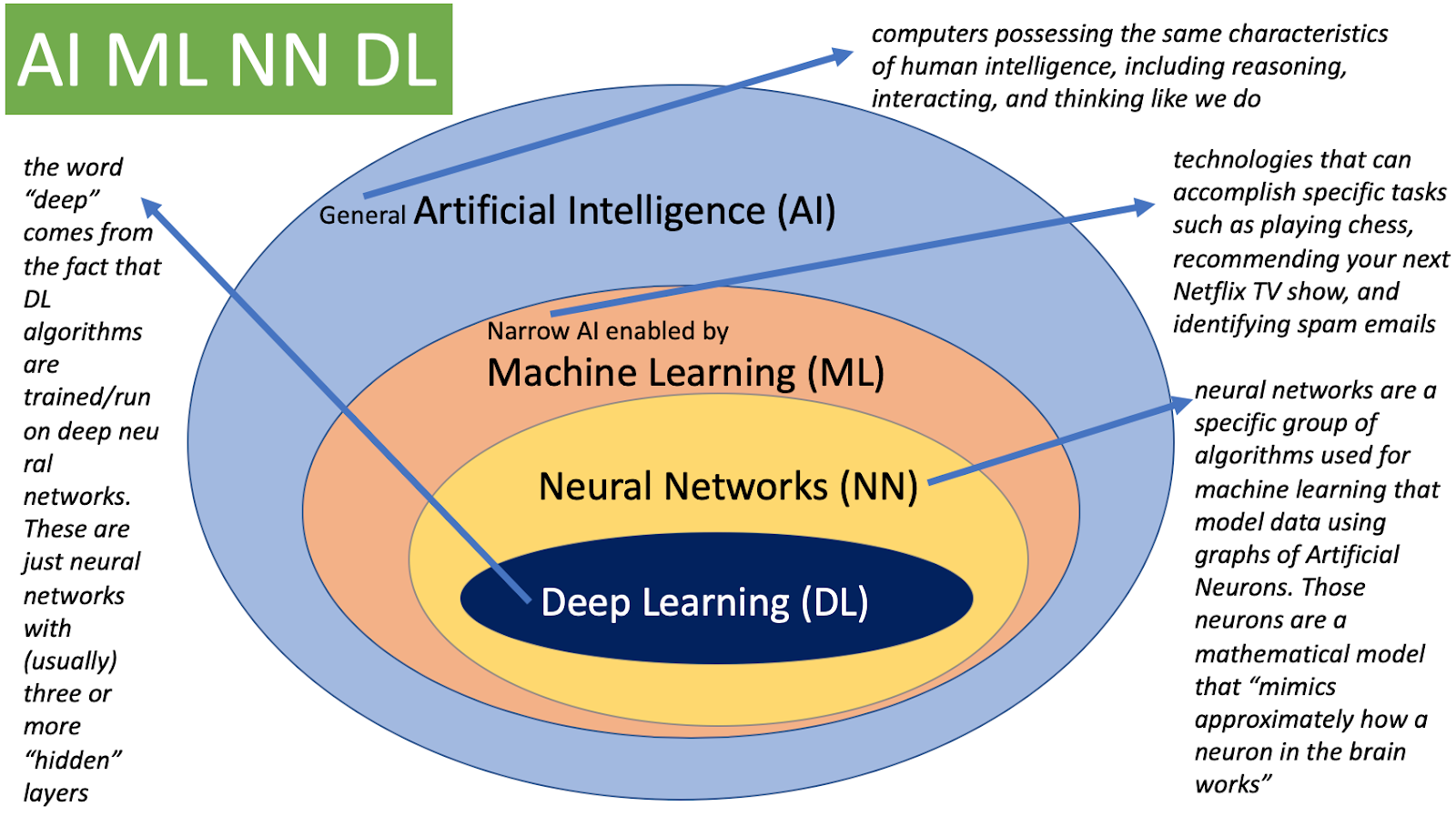Artificial intelligence is in news again as the government tries pushing new governance structures focused on it.
‘AI Pe Charcha’ - Discussing AI-driven governance
- The story: Over the past few years, artificial intelligence (AI) has become a hot topic in governance circles. It is envisaged that AI-based applications will help drive better governance, across Ministries, and lighten the load in perennially overloaded domains like justice.
- Charcha: The Centre is now organising another session of ‘AI Pe Charcha’, a series of panel discussions involving industry leaders sharing their views and experiences around Artificial Intelligence (AI).
- The new theme is around “AI for Data-Driven Governance”, as per the Union ministry of electronics and information technology (MeitY).
- The session aims to cover the importance of data-driven and AI-enabled governance along with practices best accepted globally.
- The “AI Pe Charcha” session involves various global and domestic leaders from the government and industry, researchers, and academicians sharing their views and experiences around artificial intelligence, its related case studies, the global best practices, breakthroughs in innovations, and the challenges faced in the field of AI.
- Which domains: The ‘AI for Data-Driven Governance’ session will involve experts speaking about leveraging AI for the public sector, defense and security, postal services, and future cities. There will also be a presentation on important AI-driven solutions that have played a significant role during the difficult times of the coronavirus disease (Covid-19) pandemic. Such initiatives are a key step towards understanding and harnessing the power of evolving technologies and their policy implications.
- AI talks: Discussions around artificial intelligence have recently started taking a significant role in cybersecurity policy talks in India.
- It was reported that the National Security Council Secretariat, which works with the National Security Advisor in an advisory role to the Prime Minister on national security matters, is considering a standalone law for cybersecurity in India, and is also working on a strategy document that will consider both the domestic and international implications of such a policy.
- The new policy is likely to focus on critical infrastructure and address India's position on artificial intelligence, data sharing, and data localisation, people familiar with the matter said.
- Knowledge centre:
- AI - Artificial Intelligence (AI) is a broad area of computer science that makes machines seem like they have human intelligence. So it’s not only programming a computer to drive a car by obeying traffic signals but it’s when that program also learns to exhibit the signs of human-like road rage. Humans have long been obsessed with creating AI ever since the question, “Can machines think?”, was posed by Alan Turing in 1950. AI enables the machine to think, that is without any human intervention the machine will be able to take its own decision.
- ML - Machine Learning (ML) is a subset of Artificial Intelligence that uses statistical learning algorithms to build systems that have the ability to automatically learn and improve from experiences without being explicitly programmed. We see machine learning when we use services like recommendation systems on Netflix, Youtube, Spotify; search engines like google and yahoo; voice assistants like google home and amazon alexa. In Machine Learning we train the algorithm by providing it with a lot of data and allowing it to learn more about the processed information. ML algorithms can be broadly classified into three categories Supervised, Unsupervised and Reinforcement learning.
- DL - Deep learning (DL) is a machine learning technique that is inspired by the way a human brain filters information, it is basically learning from examples. It helps a computer model to filter the input data through layers to predict and classify information. Since deep learning processes information in a similar manner as a human brain does, it is mostly used in applications that people generally do. It is the key technology behind driver-less cars, that enables them to recognize a stop sign and to distinguish between a pedestrian and lamp post. Most of the deep learning methods use neural network architectures, so they are often referred to as deep neural networks.
- EXAM QUESTIONS: (1) Explain the logic behind the government of India angling for AI based governance structures. (2) What are the essential differences between AI, ML and DL, from a governance perspective? Explain.
#AI #ML #DL #Governance
* Content sourced from free internet sources (publications, PIB site, international sites, etc.). Take your own subscriptions. Copyrights acknowledged.




















COMMENTS